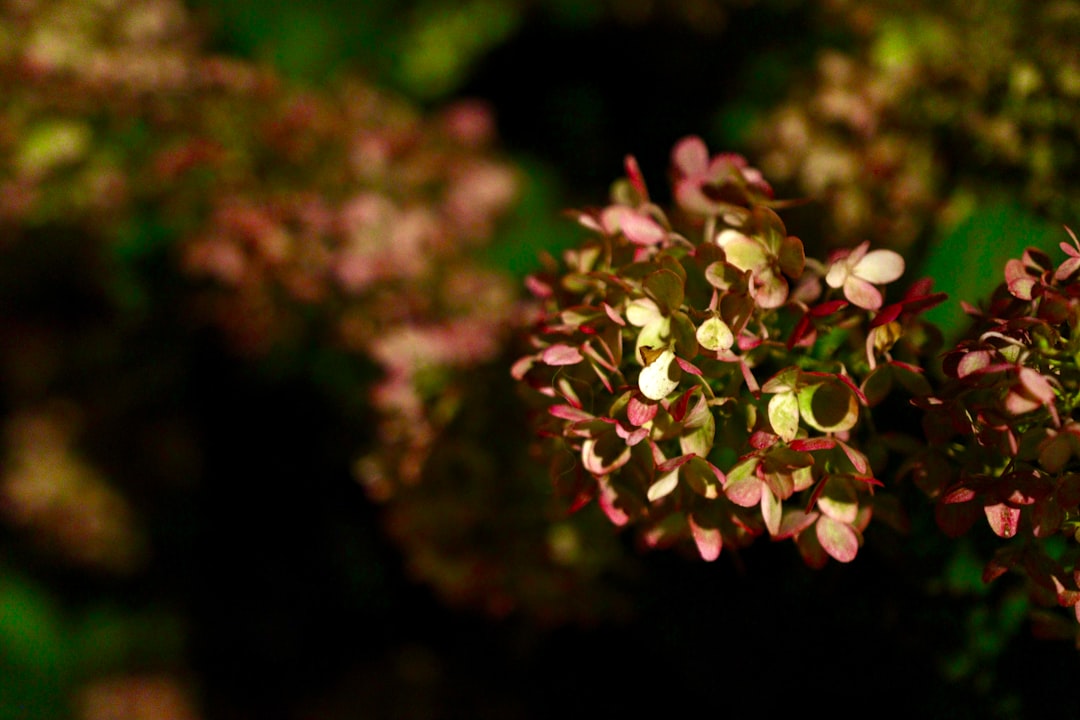Unleashing the Blossoming Potential of Hydrangeas

Hydrangeas are a beloved addition to many gardens with their large, showy blooms. However, it can be incredibly frustrating when these beautiful shrubs fail to produce the expected flowers. But fear not! With the right knowledge and a few simple steps, you can encourage your hydrangeas to bloom abundantly and create a stunning display in your garden.
One of the most common reasons hydrangeas don't bloom is improper pruning. Different types of hydrangeas have different pruning requirements. For example, some hydrangeas bloom on old wood, which means they form flower buds on the previous year's growth. Pruning these types at the wrong time can remove the flower buds and prevent blooming. On the other hand, hydrangeas that bloom on new wood form flower buds on the current year's growth and can be pruned more freely. It's essential to know which type of hydrangea you have and follow the appropriate pruning guidelines.
Another factor that can affect hydrangea blooming is sunlight. While hydrangeas generally prefer partial shade, they still need a certain amount of sunlight to produce flowers. If your hydrangeas are planted in a location that is too shady, they may not receive enough light to form flower buds. Consider moving your hydrangeas to a spot that gets morning sun and afternoon shade, or trim back any overhanging branches that may be blocking the light.
Soil quality and fertility also play a crucial role in hydrangea blooming. Hydrangeas thrive in well - drained, fertile soil that is rich in organic matter. A soil test can help you determine the pH level of your soil, as this can also impact the color and blooming of hydrangeas. For blue hydrangeas, acidic soil with a pH between 5.2 and 5.5 is ideal. Pink hydrangeas prefer a more alkaline soil with a pH around 6.0 to 6.2. You can adjust the soil pH by adding substances such as sulfur to acidify the soil or lime to make it more alkaline.
Proper watering is essential for hydrangeas. These plants need consistent moisture, but they don't like to be waterlogged. Overwatering can lead to root rot, which can prevent the plant from taking up nutrients and water properly, resulting in poor blooming. Water your hydrangeas deeply but infrequently, allowing the soil to dry out slightly between waterings. Mulching around the base of the plants can help retain moisture and keep the roots cool.
Fertilizing your hydrangeas can also promote blooming. Use a balanced fertilizer formulated for flowering shrubs. Apply the fertilizer in early spring before new growth begins and again in mid - summer. Avoid over - fertilizing, as this can lead to excessive foliage growth at the expense of flower production.
In addition to these basic care tips, there are some other things you can do to encourage blooming. Protect your hydrangeas from harsh winter conditions, as cold damage can kill the flower buds. You can wrap the plants with burlap or use a protective mulch to insulate them. Also, keep an eye out for pests and diseases, as these can weaken the plant and affect blooming. Treat any problems promptly with appropriate pesticides or fungicides.
By following these straightforward tips, you can overcome the problem of non - blooming hydrangeas and enjoy a garden full of long - lasting, beautiful flowers. Whether you have a small garden or a large landscape, hydrangeas can add a touch of elegance and color. With a little patience and care, your hydrangeas will reward you with a spectacular display year after year.
So, don't let non - blooming hydrangeas dampen your gardening spirit. Take action, make the necessary adjustments, and watch as your hydrangeas transform into a blooming paradise.